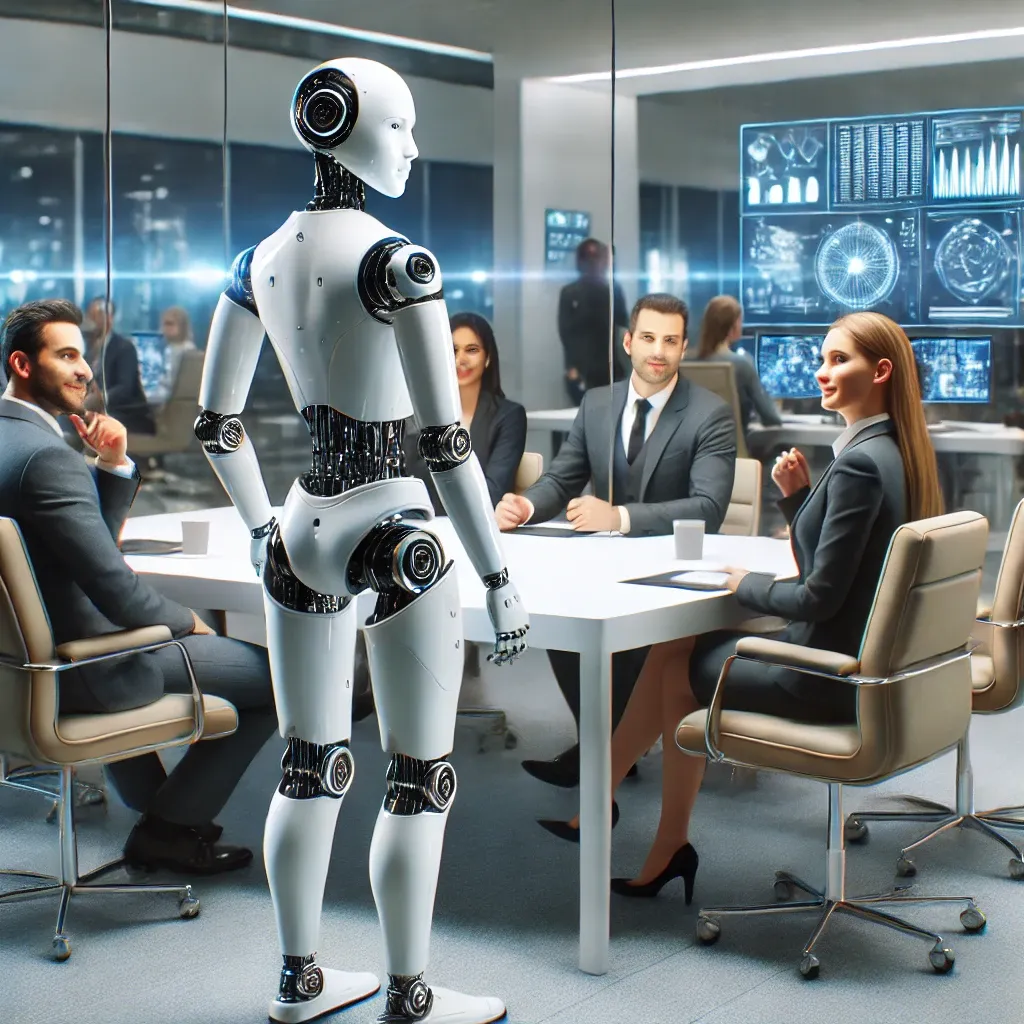What’s driving the next big revolution in robotics? How does Tesla’s vision intersect with the fast-evolving landscape of AI-powered robots? Discover the breakthroughs that are shaping the “We Robot” era in this article, focusing on tangible outcomes, advancements, and the growing relationship between human intelligence and machine learning.
Tesla We Robot: The Dawn of AI-powered Innovation
Tesla’s push into robotics reflects its ambition to revolutionize industries beyond automobiles. Tesla Bot, known as Optimus, aims to provide humanoid assistance in factories, homes, and offices. Built with sophisticated AI capabilities, Tesla’s robots seek to automate tasks that are either repetitive or dangerous, bridging the gap between human needs and technological efficiency.
- AI-powered decision-making helps Tesla robots adapt to dynamic environments.
- Humanoid designs ensure seamless integration into human-centric spaces.
- Elon Musk’s AI-first approach underscores Tesla’s focus on utility and safety.
- Long battery life and mobility solutions extend operational efficiency.
- Use of real-world data from Tesla’s autonomous vehicles enhances the robot’s learning capabilities.
Tesla’s approach marks a paradigm shift, not just in the automotive space but across industries, blending machine learning with advanced robotics.
We Robot: Exploring the Ethical Side of Human-Robot Interaction
The “We Robot” conference brings together leading minds in academia, industry, and law to explore the complexities of robotics. The discussion revolves around ethics, policy, and the social impacts of robotics and AI. As robots enter healthcare, homes, and public spaces, these dialogues become crucial in ensuring ethical deployment.
- Ethical frameworks need to be created to regulate AI-powered machines.
- Public accountability requires manufacturers to be transparent about risks and biases.
- Legal frameworks must evolve to address robot liability and privacy concerns.
- Inclusiveness and accessibility should be part of every robotics program.
- Safety standards need to ensure robots function reliably in unpredictable environments.
The dialogue on ethics is essential for building public trust and ensuring responsible innovation, making the conference an essential platform for thought leadership.
Artificial Intelligence in 100 Stories: Insights and Inspirations
The anthology “We Robots: Artificial Intelligence in 100 Stories” offers a glimpse into the future, blending fiction with emerging realities. These stories reflect humanity’s hopes, fears, and aspirations in the age of AI, offering a thought-provoking exploration of robotics.
- Short, imaginative stories explore both utopian and dystopian scenarios.
- Cultural perspectives showcase how AI might evolve differently across societies.
- Storytelling bridges the gap between technical advancements and human emotions.
- Encourages readers to rethink the role of machines in shaping the future.
- Promotes discussions about ethics, responsibility, and the role of creativity in technology.
This anthology serves as both entertainment and a primer for understanding the ethical dimensions of AI, inspiring readers to think more deeply about our relationship with intelligent machines.
Conclusion
From Tesla’s Optimus robot to global conferences like We Robot and literary explorations of artificial intelligence, the convergence of robotics and AI is reshaping our world. As technology advances, the need for responsible innovation becomes ever more critical. As Isaac Asimov once said, “The saddest aspect of life right now is that science gathers knowledge faster than society gathers wisdom.” Our task now is to harness the power of robotics while ensuring it aligns with our shared values, creating a future where robots serve humanity—not replace it.






